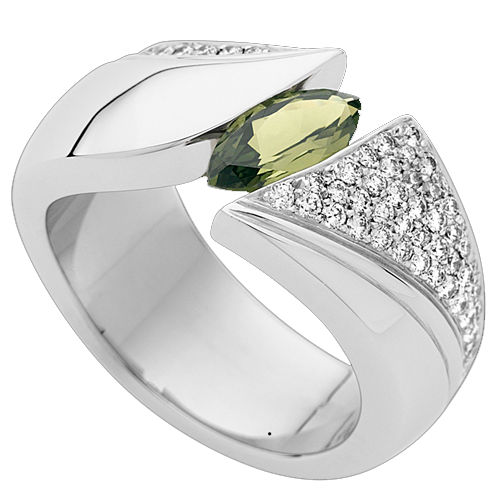If you have some idea about rings, you might have an idea of how the setting plays a part in other overall design – otherwise, this guide is a good place to start learning about the different ways a diamond engagement ring can be set.
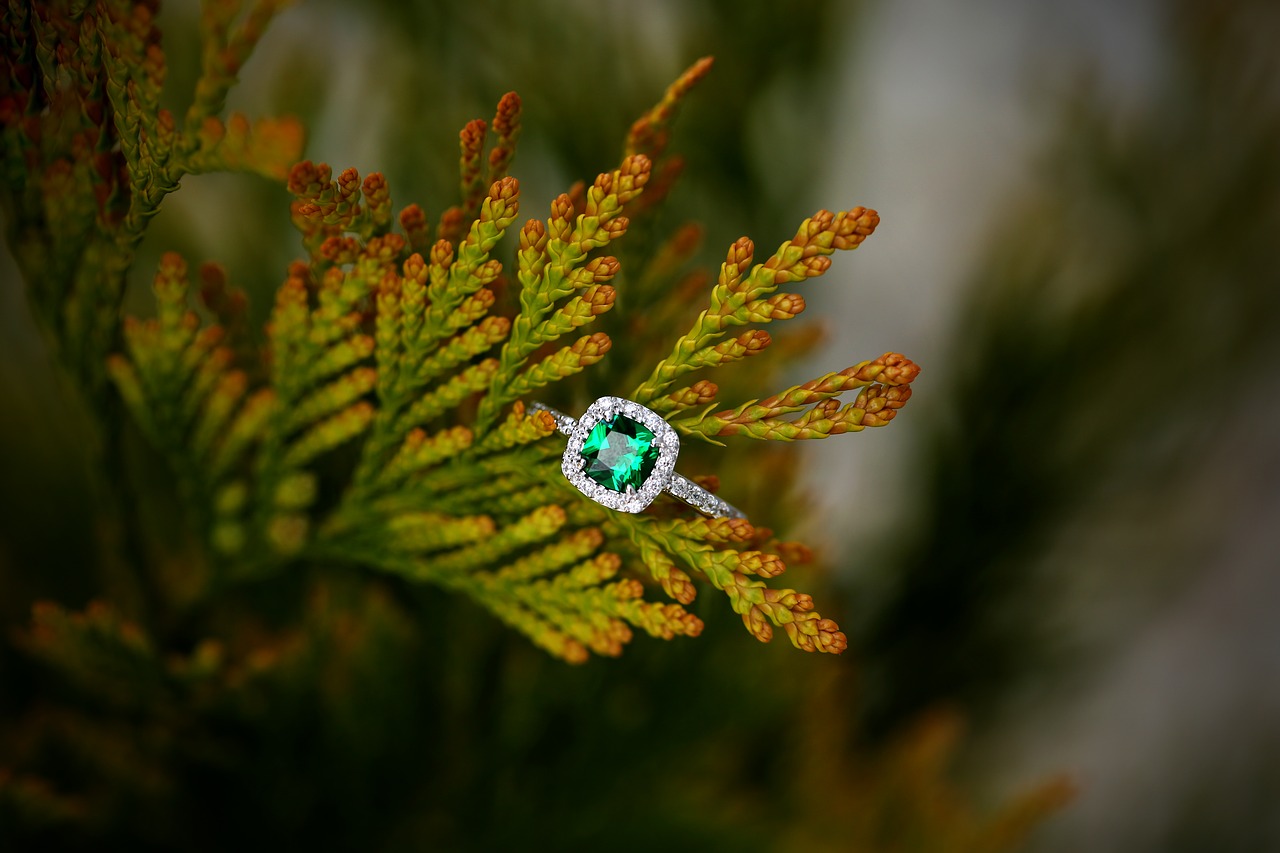
While gathering information for our today’s article, we asked professionals at MDTdesign based in the heart of Melbourne. Because who could tell more about wedding rings than an insider? They create beautiful custom made engagement rings and many more. All jewelry pieces are handmade with modern advanced technologies.
A ring is usually made up of two parts – these are the shank (the body of the ring), and the gallery (the head). The setting of a ring involves the placement of the shank on the gallery, and how this can create different effects depending on the needs of the client. There are quite a few ways that this can be achieved to create very different effects, so in this article, we take a look at different settings, as well as their overall effect on your budget.
Image by MDTdesign
Diamond ring setting basics
If you’ve been looking for engagement rings in Melbourne or another city, there’s a good chance that you’ve been overwhelmed with the options presented to you, as well as the vastly different costs associated with these rings. Understanding why it is that these prices fluctuate is important, and is often one of the things that confuse people the most.
Budget will play a big part in what kind of setting you choose – in fact, it will often determine how much budget you have left for the centre stone and for the metal in the ring band itself. For example, if you decide to go with a highly elaborate setting with many diamonds, your budget may not allow you to stretch for a special centre diamond or a higher quality metal.
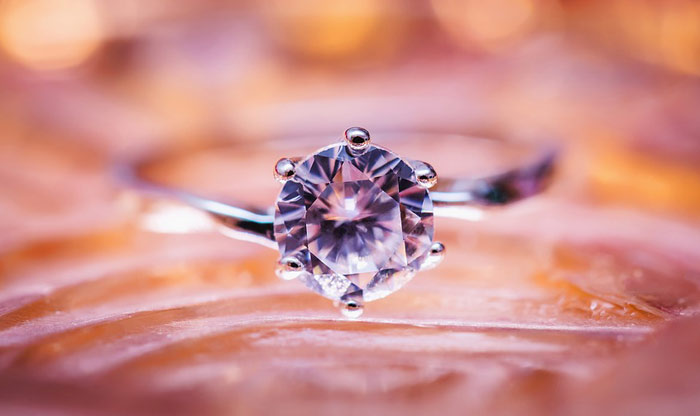
Perhaps the most widespread setting today is the solitaire setting (on the picture above) – this setting is so popular due to its simple, classic design featuring a single centre stone – usually, a round or a princess cut diamond – being the showstopper. This simplicity often translates to a more affordable setting, as there are no side stones to support the main stone. Because of this, however, it means that the centre stone has to look extra impressive to make up for it!
More settings to consider for your ring
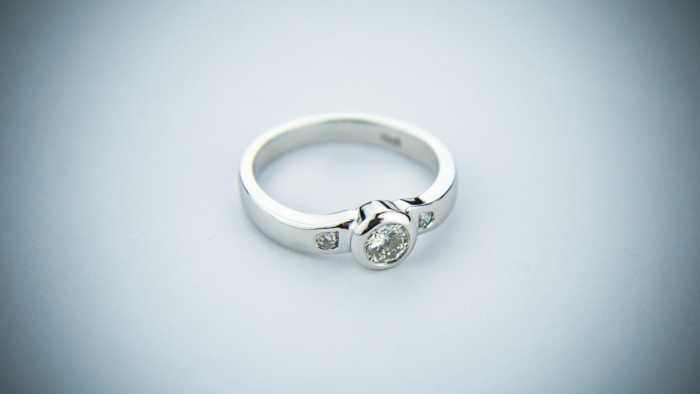
Another popular choice is the bezel setting – this setting sports a metal rim that surrounds the sides of the stone, occasionally extending very slightly above it. This low profile is better for softer stones like rubies, sapphires, or emeralds and use a little bit more metal than their solitaire counterparts.
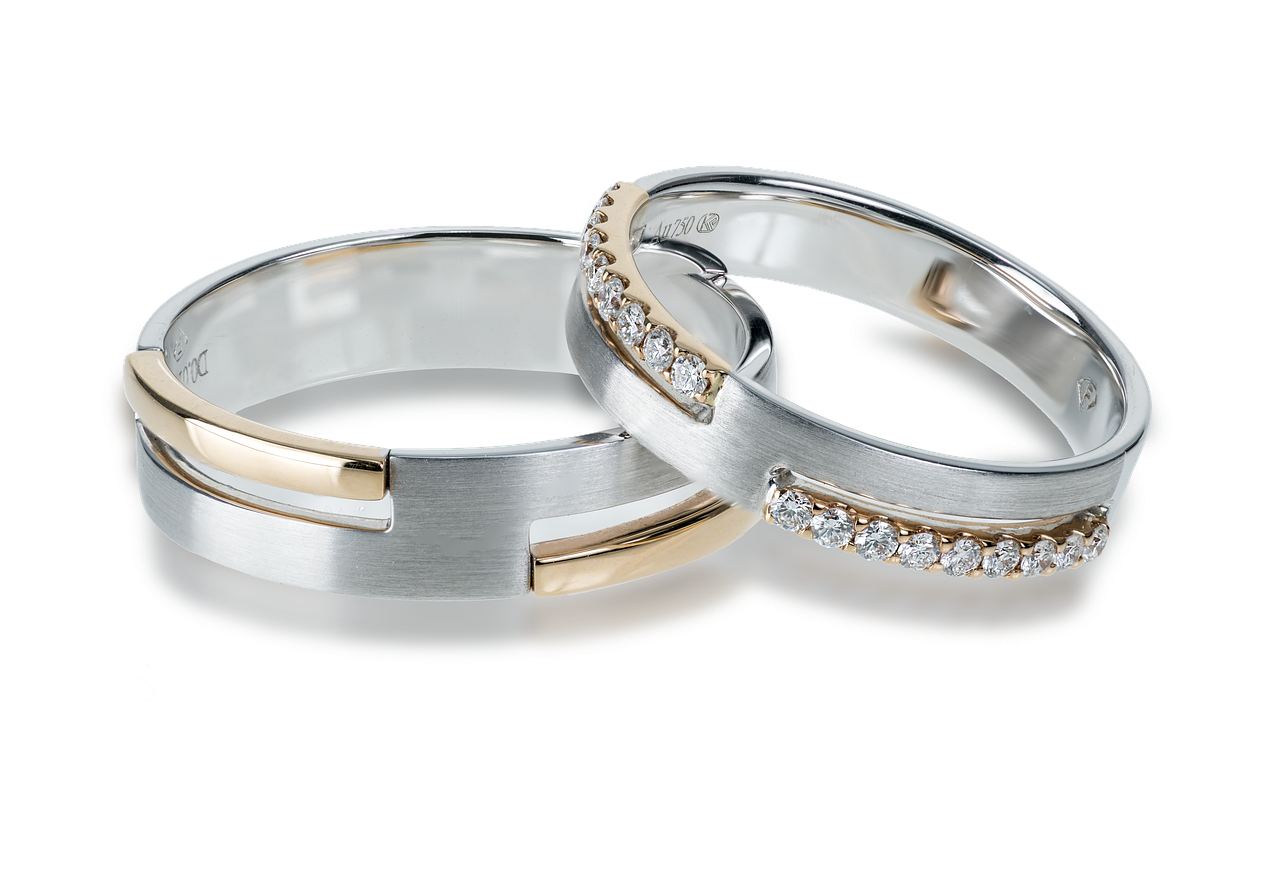
Channels sets involve a row of small diamonds that are inlaid in the band of the ring. This setting is unique in that it can be added to other ring settings to give a touch more sparkle and can compensate for a smaller centre stone if your budget doesn’t stretch that far.
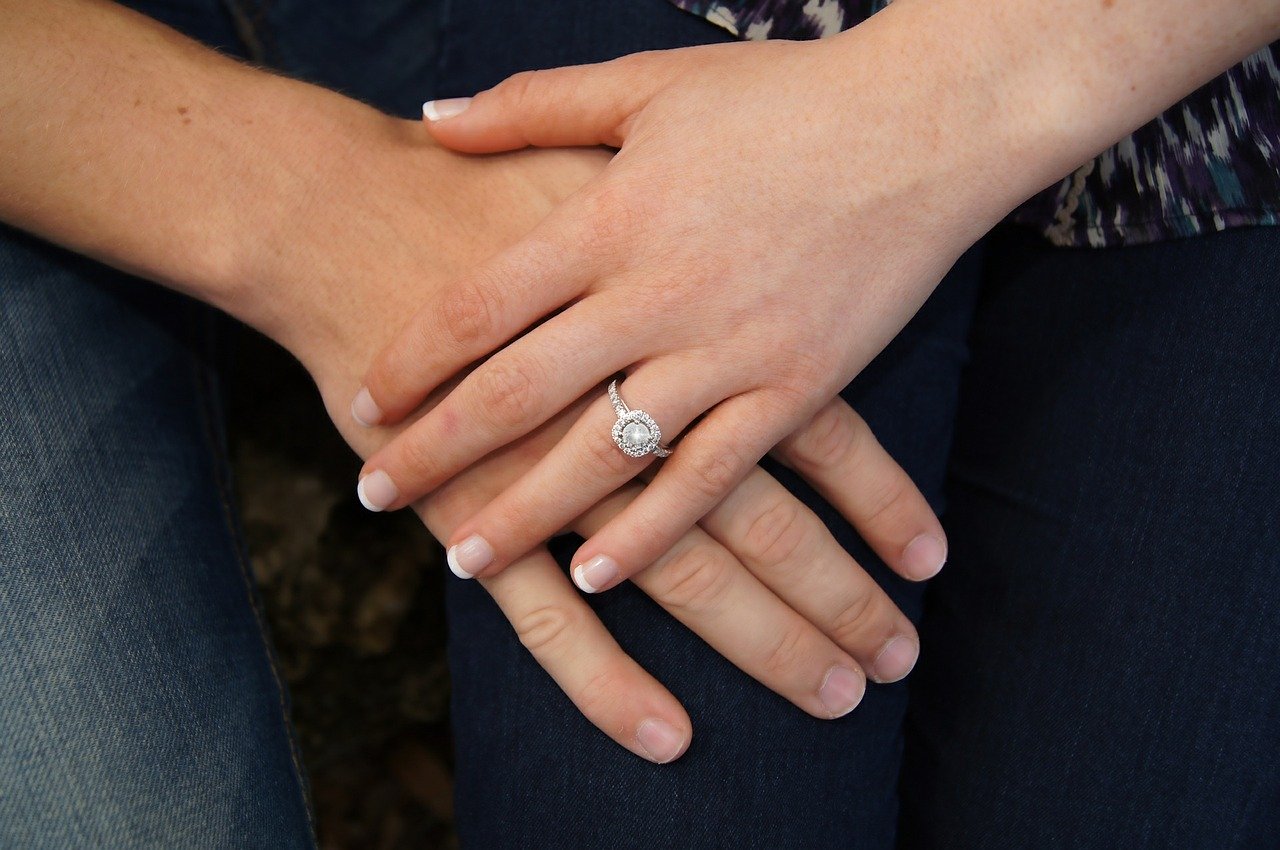
Another popular choice is the halo setting, which involves the centre stone being surrounded with a ring of smaller diamonds, which can have the same effect of the channels to make a smaller central stone look better.
Which setting is right for you?
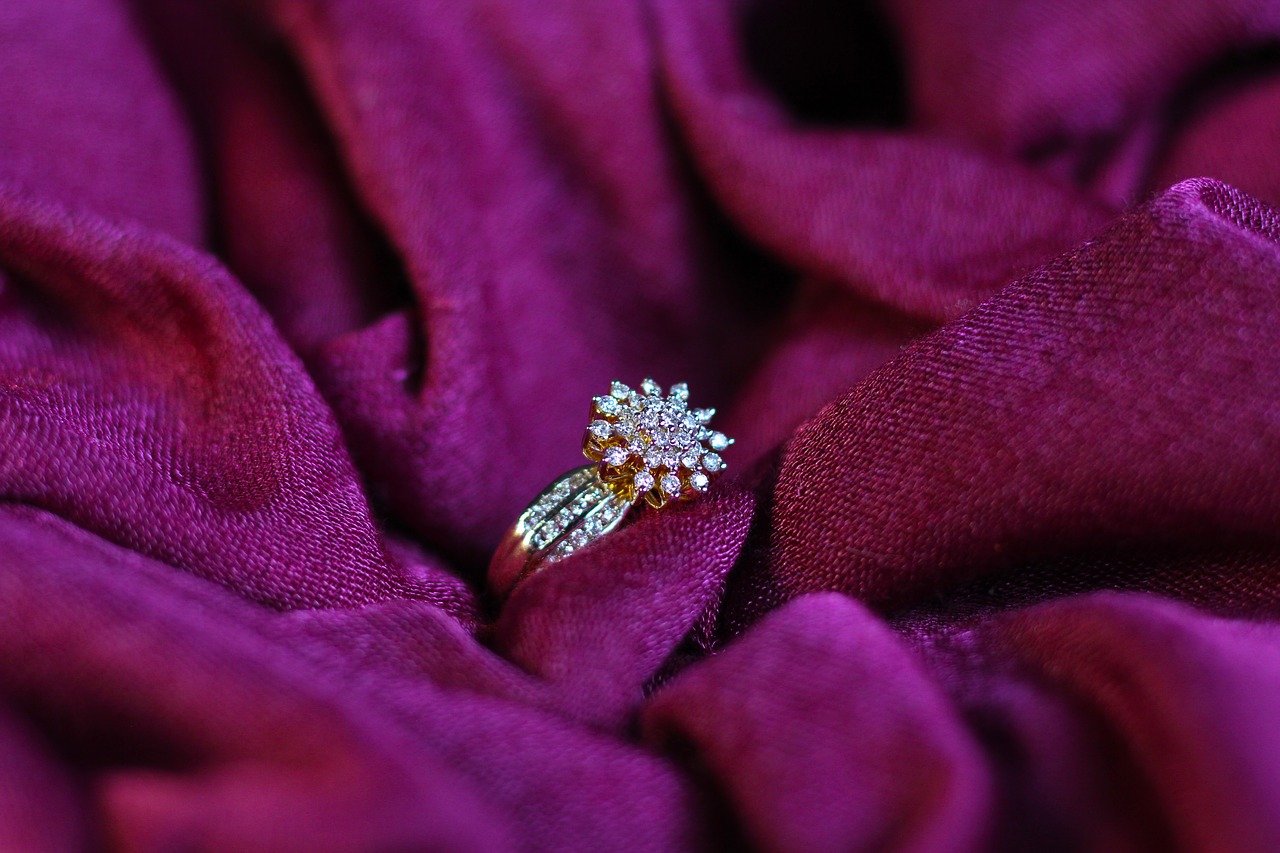
What kind of setting you choose when creating your ring can often determine the rest of the ring – should you go for a fancy setting, or instead go for a simple one to leave enough room in the budget for a higher quality stone? At the end of the day, you should be looking at as many rings as possible to develop a better idea of what works best for your budget. Although this approach can take time, it’s the best possible way to ensure that you find the right engagement ring for you.


